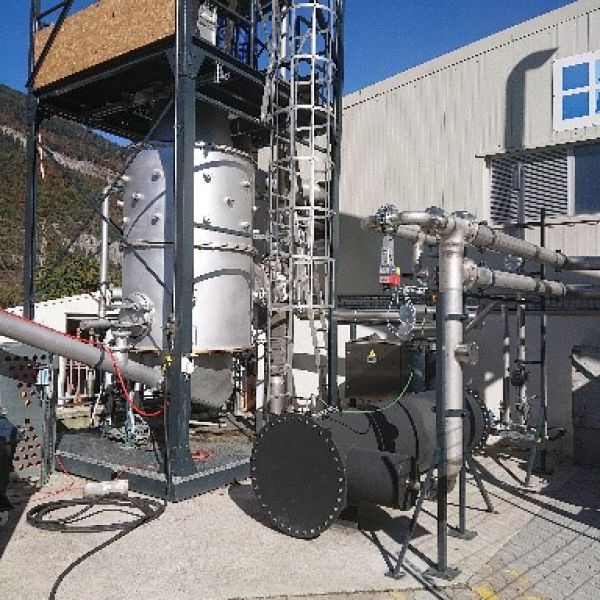Projects/References
By its nature, a circular economy will have lower carbon emissions than a linear economy. Producing new materials results in carbon emissions; circular economies minimize the need for producing new materials by maximizing the re-use of resources, thus eliminating the carbon costs of producing new materials. Applying thermal conversion technologies to waste biomass is just one of the ways the circular carbon economy can be promoted and in the end it will reduce. The fundamental principles of a circular economy are in summary:
- A circular economy keeps materials and resources in circulation as long as possible, designing out waste and keep products and materials as long as possible in use.
- Greenhouse gases that contribute to climate change are almost always waste products.
- In a circular economy, greenhouse gas emissions are reduced by design, and the focus on supply chain transparency enables targeted emissions reductions.
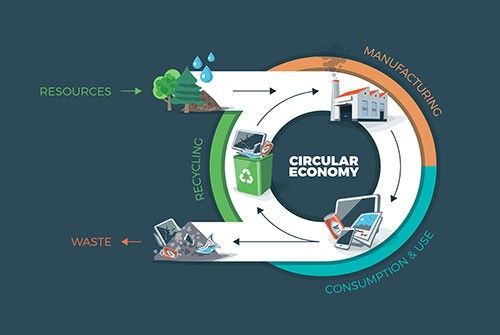
SR2.0 will first of all assess the project at hand on the basis of a few questions:
- Is the client active on one of the potential markets for organic carbon products or does it fit in his overall business plan to act on such a market?
- Does the client owns a “waste” biomass himself or can he source it locally, e.g. sell the sourced waste back as quality carbon product to the owner of the source?
- What needs does the client himself have in terms of energy demand or potentially sales opportunities for a carbon product?
Many projects will therefore start with a basic engineering to define the potential business case for the client, before SR2.0 can start designing for a solution to the defined technical challenge. Any solution will be a solution only when there is a problem solved and money earned by applying the solution.
Important is also to know what options does a client have when he has access to waste biomass (or other carbon containing sources like manure, organic sludge, plastics, textile, paper, cloth and whatever other product you can think of), which can be processed thermally in order to make it into either into energy by gasifying or combusting the waste or convert it into a technical biocarbon. Technical biocarbons are multi-talented, they
- Bind and store CO2
- are real lightweights with an atomic mass of 12.011
- absorb and bind environmentally harmful substances
- resist environmental influences and UV radiation
- create black as natural product color / replaces Carbon Black
- have adjustable surface properties and polarities
- bind water from 3 – 6 times their own volume
- are heat resistant up to several hundred degrees Celsius
- effect hardening, dimensional and pressure stability
- have surface areas from 100 to over 2,000 m2 per gram
In many cases, it can also be reused or returned to land as a soil amendment, sequestering carbon in the process and giving meaning to the phrase circular carbon.
Our references will be as the philosophy of a circular economy, they are really showing a viable business case for defined problem cases:
I. Test- and Demo gasifier - Monnickendam/Netherlands
Capacity 250 kWe, 400 kWth
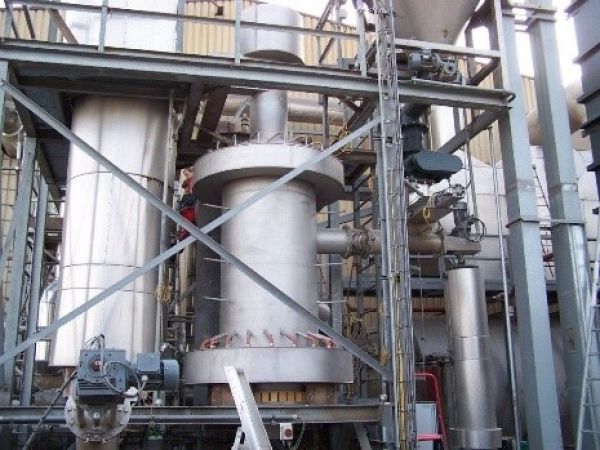
II. Torbed Gasifier on wood dust for heating drying air for rotary drier - Vlissingen
Build in 2005
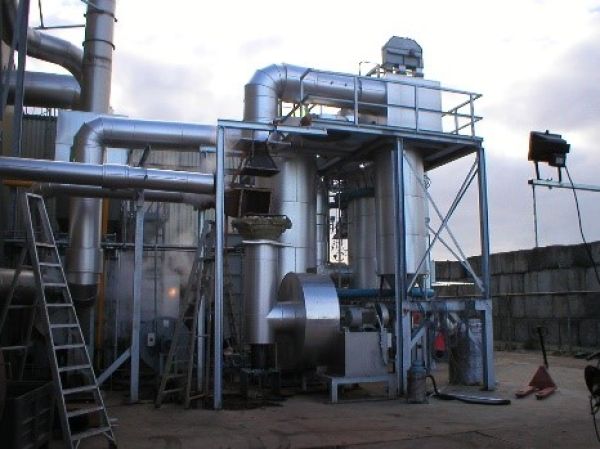
III. SynvaTor© Gasifier Mijdrecht The Netherlands
capacity 750 kWe, 1.000 kWth
Feedstock : grass, poultry manure, plastic waste
Installation to heat the greenhouse of a gerbera grower
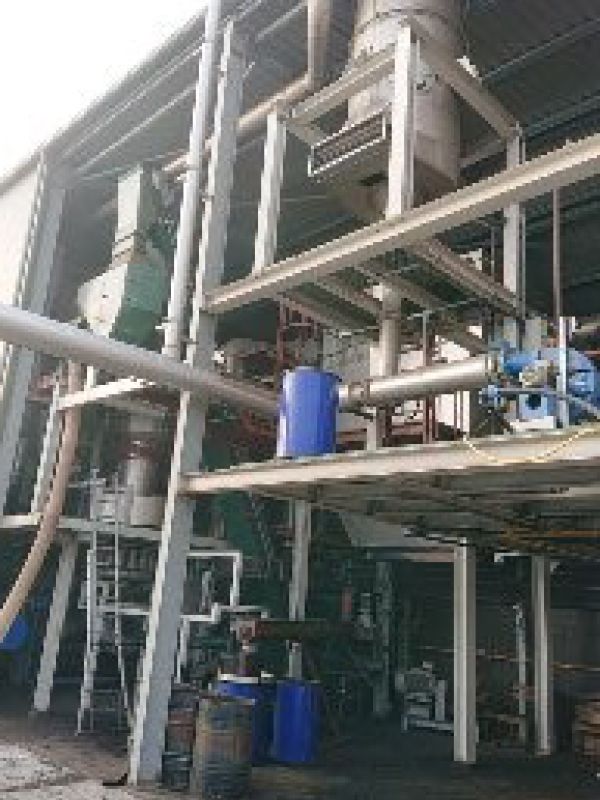
IV. Syngasburner in Low-NOx execution - Projekt GRegio/Andreas Mehli – Chur (CH)
standard burner inside the SR gasifier and SR carboniser
Installation for low Nox demonstration, burning syngas for direct drying purposes
